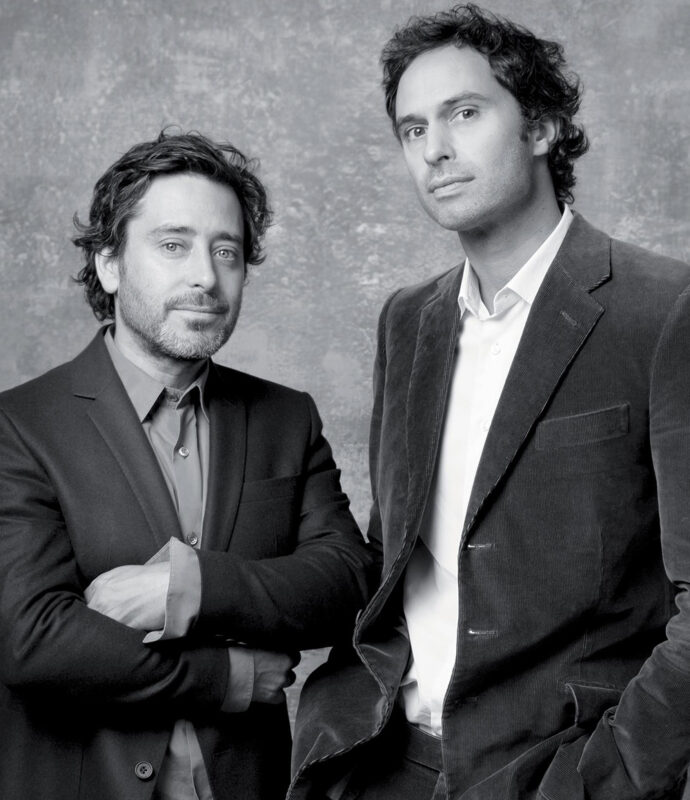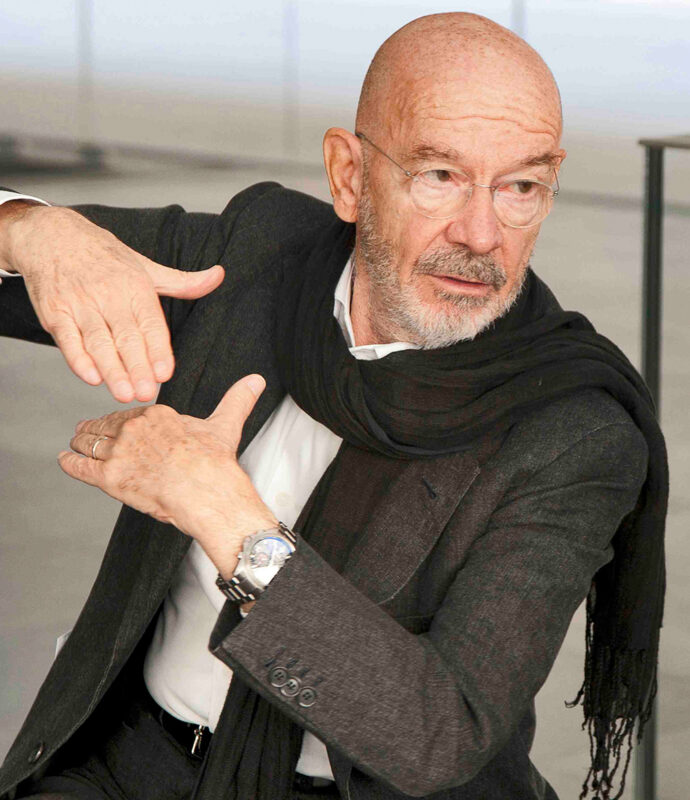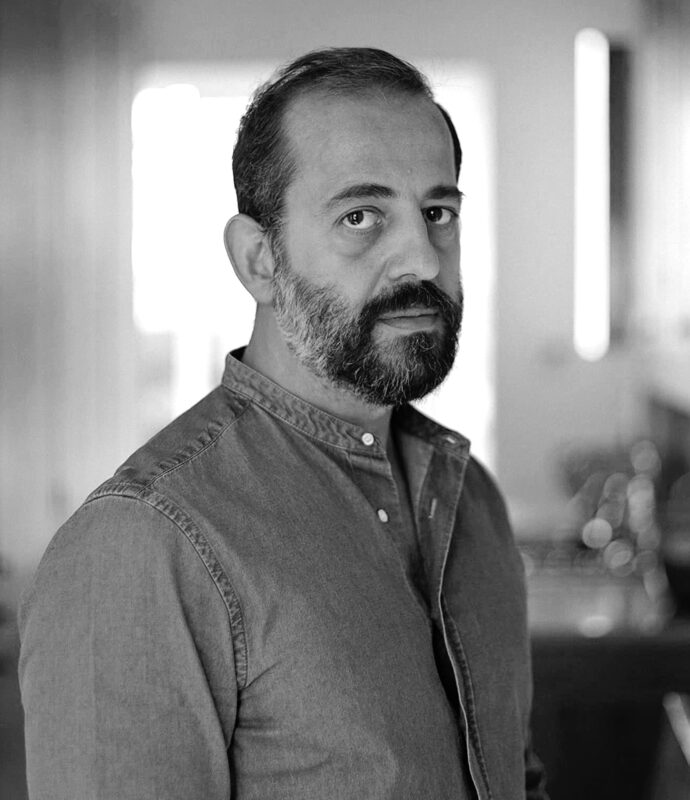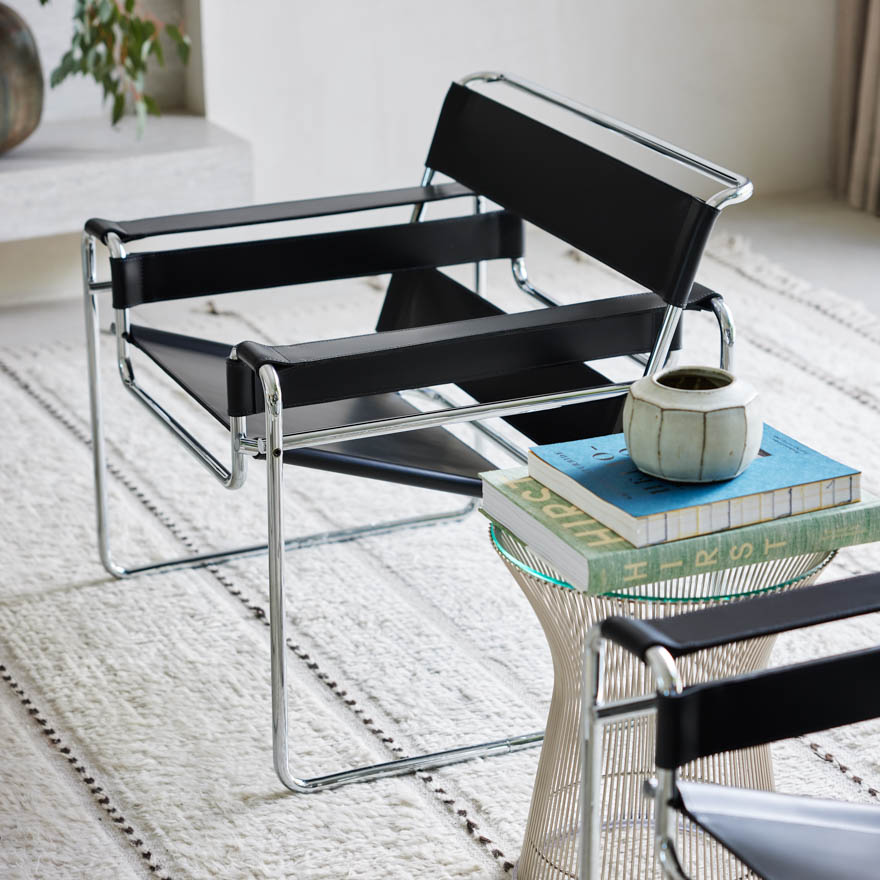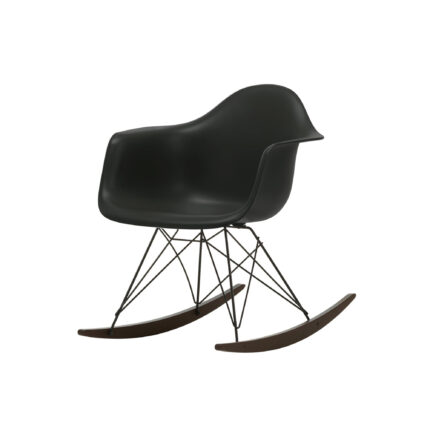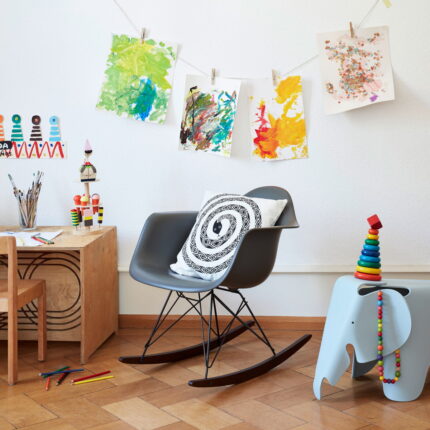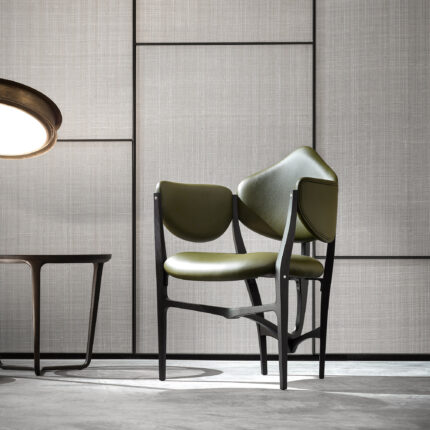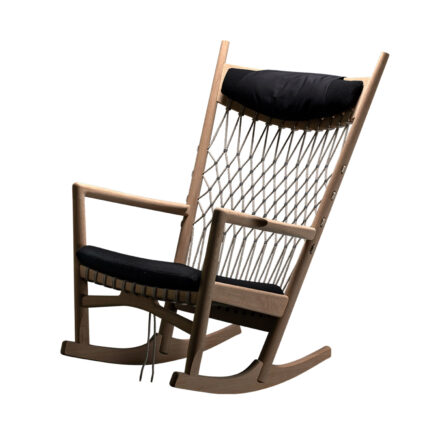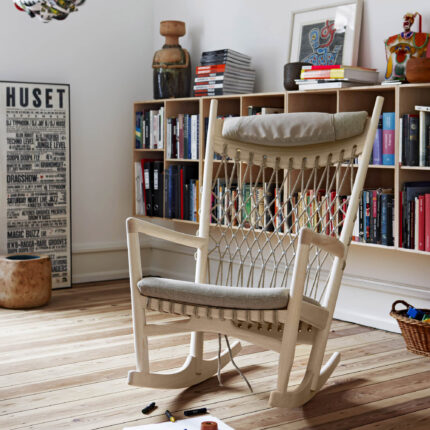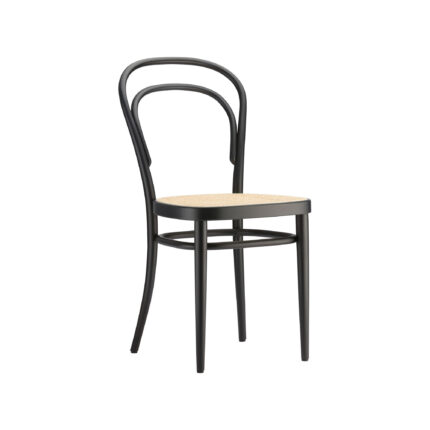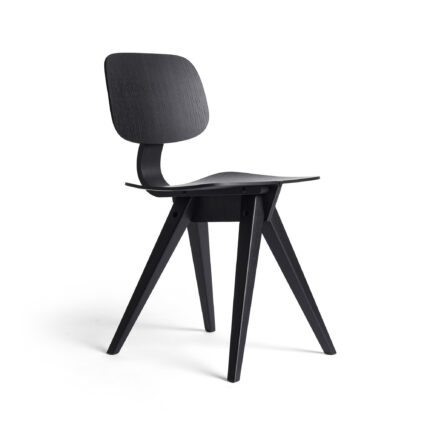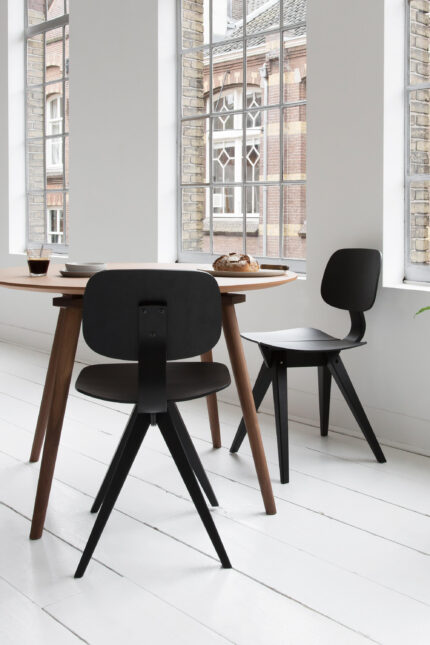Wassily Chair
Inspired by the frame of a bicycle and influenced by the constructivist theories of the De Stjil movement, Marcel Breuer was still an apprentice at the Bauhaus when he reduced the classic club chair to its basic lines and planes, changing the course of furniture design forever.
The canvas sofa adds a softer, more casual look and feel to the classic design.
| Brand | |
|---|---|
| Designer | |
| Design year | |
| Material |
Leather ,Metal |
| Origin |
Italy |
You can contact for detailed information.
Inspired by the frame of a bicycle and influenced by the constructivist theories of the De Stjil movement, Marcel Breuer was still an apprentice at the Bauhaus when he reduced the classic club chair to its basic lines and planes, changing the course of furniture design forever.
The canvas sofa adds a softer, more casual look and feel to the classic design.
In an interview with a Knoll historian, Marcel Breuer explained how he started experimenting with bent steel pipes while at the Bauhaus:
“I was quite idealistic at the time. 23 years old. I made friends with a young architect and I bought my first bicycle. I learned to ride a bicycle and I talked to this young man and I told him that the bicycle is a perfect production because it hasn’t changed for the last twenty, thirty years. It is still the original bicycle shape. “Have you seen how they make those parts? How do they bend those handlebars? You would be interested because they bend those steel tubes like pasta.”
“This somehow stayed in my mind and I started thinking about steel tubes bent into frames – that’s probably the material you could use for an elastic and transparent chair. Typically, I was very preoccupied with the transparency of the form.
“This is how the first chair was made. I realized that the bending had to go further. It could only be bent without welding on it, so that the parts could be chromed and put together. That’s how the first Wassily was born.” And I was a bit afraid of criticism. I didn’t actually tell anyone that I was doing these experiments.[Wassily] Kandinsky, who came to my studio by chance when the first chair was brought in, said, “What is this? ” He was very interested, and then the Bauhaus was very interested. A year later I had the whole Bauhaus furnished with this furniture.”
Delivery
- Your orders in the online stock will be delivered within 5 business days at the latest in Istanbul.
- The delivery time of customizable products varies according to product specifications.
Cargo
- Your product is packaged and delivered to you by the Mozaik delivery team in accordance with the procedures.
- Shipping costs depend on the size of your order and the requested destination.
100% Original
Mozaik is an authorized dealer of world famous design brands. All products sent from Mozaik are original and under warranty.
The brands have been selected for the high quality and standardized control of their production.
Guarantee
The quality of our products is at the top of their category and the way we stock and ship them is done in a way that guarantees the safety of the products.
Manufacturers provide a guarantee depending on the type of product. The service is provided directly by the manufacturer brands.






